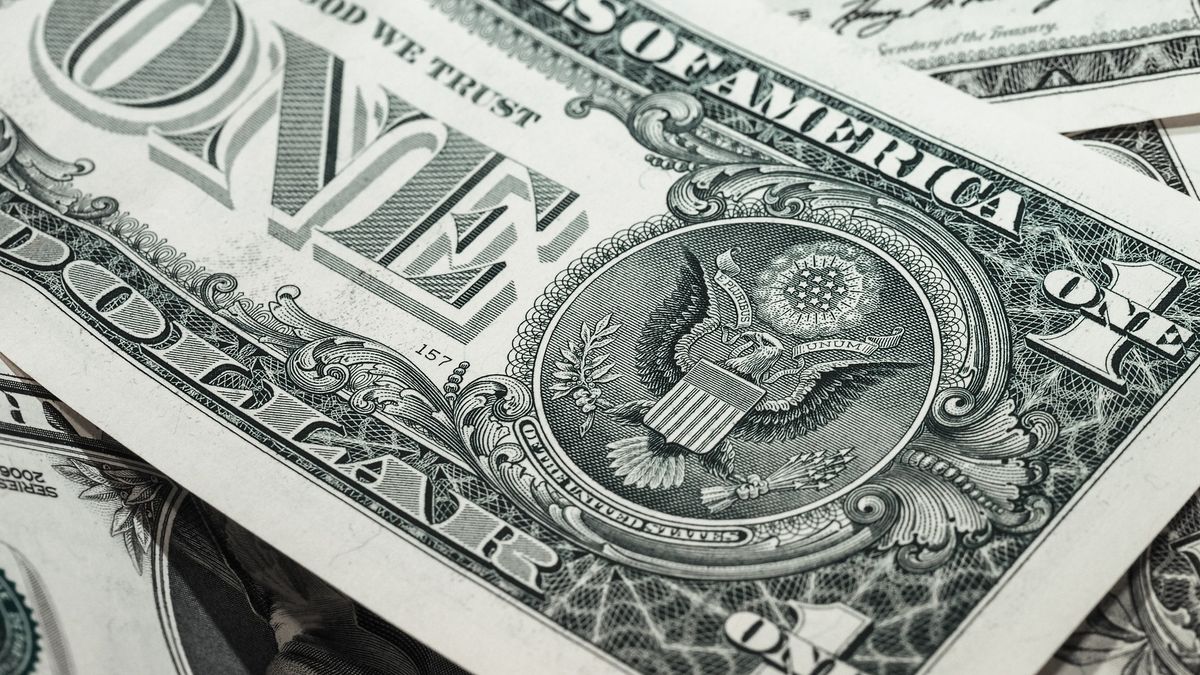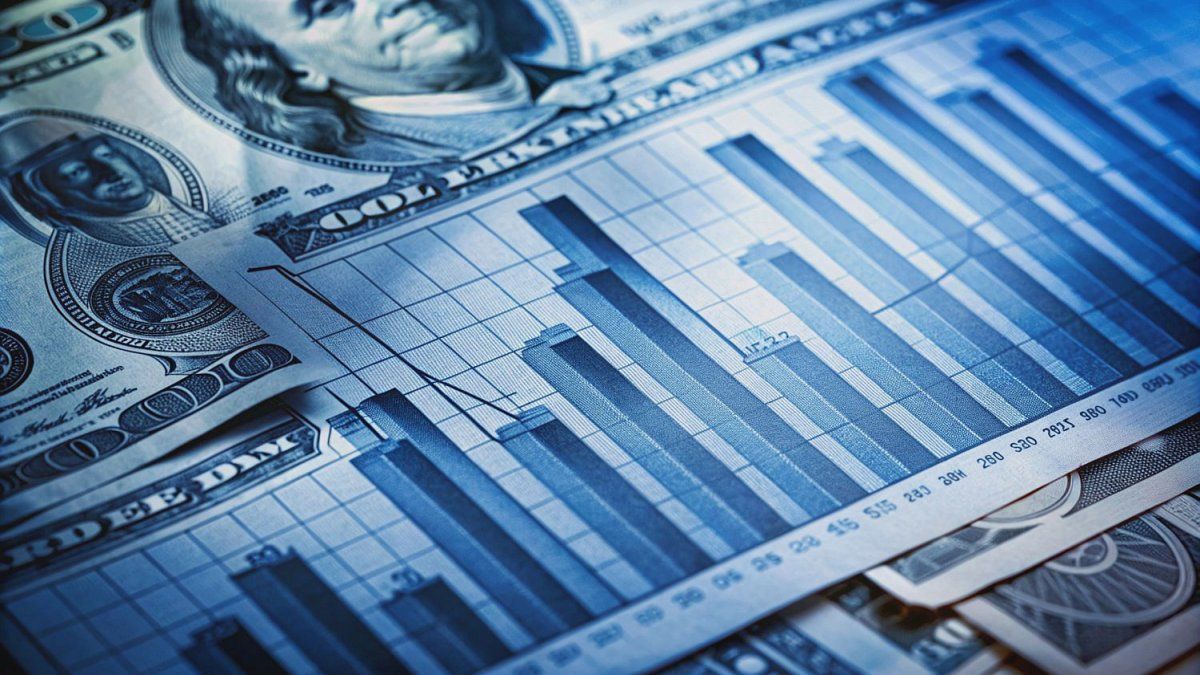Under an environment of calm exchange rate, among other factors thanks to the high price of soybeans and the recent fall in the currency in the region (mainly in Brazil and Chile), the dollar “counted with liqui” (CCL) -with the Global 2030 voucher- it rebounded $1.35 (+0.7%) to $202.99, bringing the gap to the official to 89.2%. The recent drop in this exchange rate (down 13% from its nominal maximum on January 27) “It brings us closer to what could be a psychological floor for the market, of $200 for the CCL, where its rebound would be tested,” they maintained from Cohen.
At par, the MEP dollar or Stock Exchange -valued with Global 2030- rose 76 cents (+0.4%) to $196.81which left a spread of 83.5%.
In the informal market, meanwhile, the blue dollar closed stable at $210 (gap of 95.8%), according to caves in the City of Buenos Aires. It is its lowest value in 5 weeks.
A climate of greater calm in the dollar market has led to a continuous narrowing of the gap as a result of the growing tactical appetite for pesos (CER, dollar linked, rate), by combining a gradual adjustment from “down to up” and from “up down”, indicated the economist Gustavo Ber.
The prices of the alternative exchange rates reached a maximum level of $233 (CCL) on January 27, the day before the announcement of an understanding with the IMF for the debt and the payment of a due date with the organization.
Since then, the exchange gap has compressed almost 35 pointsgoing from 122% to the current 88%, with additional help provided by the price of agricultural commodities, the acceleration of the crawling-peg in the official dollar, and the recent rate hike ordered by the BCRA.
The investors “They had prepared for the ‘end of the world’, which obviously did not come. The quota to the IMF was paid in a timely manner, and the agreement with the entity has an ambitious content that obliges the country to execute more reasonable economic policies. In turn, the real appreciated to the area of 5 units per dollar and soybeans exceeded US$600 per ton. The agreement with the IMF has yet to pass through Congress, a step to which we assign a high probability of occurrence,” commented from Delphos Investment.
In this way, the financial dollars began to “reprice” the scenario of the end of the world for one a little less “catastrophic”, they say in the market. “We believe that this trend is just beginning and still has fertile ground to develop hand in hand with greater domestic rationality and a highly favorable global context,” they added from Delphos.
In the meantime, we must not lose sight of Argentina must pay in March a maturity of some 2,900 million dollars to the IMF and another 2,000 million to the Paris Club, when the Central Bank (BCRA) does not have the necessary liquid reserves, so the market expects a soon agreement with the entity.
So in the meantime, Operators monitor intervention balances as it is crucial that reserves are not further lost. This Wednesday, the BCRA sold foreign currency again, some US$60 million, with which in the last three days it accumulated a negative balance of some US$120 million.
“The gross liquid reserves that the BCRA could sell in the market are close to 14,000 million dollars, giving it a window of time until the liquidation of the thick harvest begins in April”affirmed Neix, but stressed that it is necessary to put “Attention that the level of net reserves is critical, close to zero after the last payment to the IMF”.
At a global level, investors have their sights set on the negotiations for the agreement with the IMF, the Russia-Ukraine conflict and the performance of the US rate. “Despite the positive prospects for an agreement with the IMF, macroeconomic stability is necessary for financial instruments to begin to register a positive trend in a sustainable manner. Meanwhile, volatility will continue,” they warned from Research for Trades.
The United States and its allies on Wednesday revealed further sanctions against Russia over its recognition of two breakaway zones in eastern Ukraine, while making it clear that tougher measures were reserved in the event of a full-scale invasion by Moscow.
In this framework, the Argentine country risk rose four units to 1,729 basis points, compared to a minimum level of 1,083 points recorded in September 2020 after the closing of a large foreign debt swap with the private sector.
official dollar
Under the strict regulation of the Central Bank, the wholesale dollar increased nine cents to $107.28, in a session with an improvement in the volume traded (it climbed 32% to US$331.566 million), based on a more robust demand as the end of the month approached. This forced the BCRA to sell dollars for the third consecutive session, accumulating losses in the balance of interventions in February.
The lows were noted shortly after the start of trading at $107.28, nine cents higher than the previous end. Authorized purchase orders they intensified in the first section of the day and were promoting increases in the price that at mid-morning reached the maximum of the date when trading at $107.33, a level that triggered the interventions of the Central Bank to correct the price correction. The official sales diluted the rise and took the values to the minimum of the date until the closing of the operations.
The demand for foreign currency was accentuated in the last two days, forcing new official interventions to correct the insufficiency of supply. “Today’s Central sales (of US$60 million) were the most important of the month and have reversed its result, which is now negative by approximately US$20 million,” said analyst Gustavo Quintana.
In that framework, the retail dollar -without taxes- rose three cents to $112.83, according to the average in the main banks of the financial system. In turn, the retail value of the currency at Banco Nación closed unchanged at $112.50.
Consequently, the savings dollar or solidarity dollar -retail plus tax- rose five cents to $186.17 on average.
future dollar
In the ROFEX futures market, the dollar closed with most losses, around 0.1% on average. By the end of the month it ended with a rate of 30.62% and by the end of March it closed at 43%. US$1.24 billion were traded, reported ABC Mercado de Cambios.
Source: Ambito
David William is a talented author who has made a name for himself in the world of writing. He is a professional author who writes on a wide range of topics, from general interest to opinion news. David is currently working as a writer at 24 hours worlds where he brings his unique perspective and in-depth research to his articles, making them both informative and engaging.




